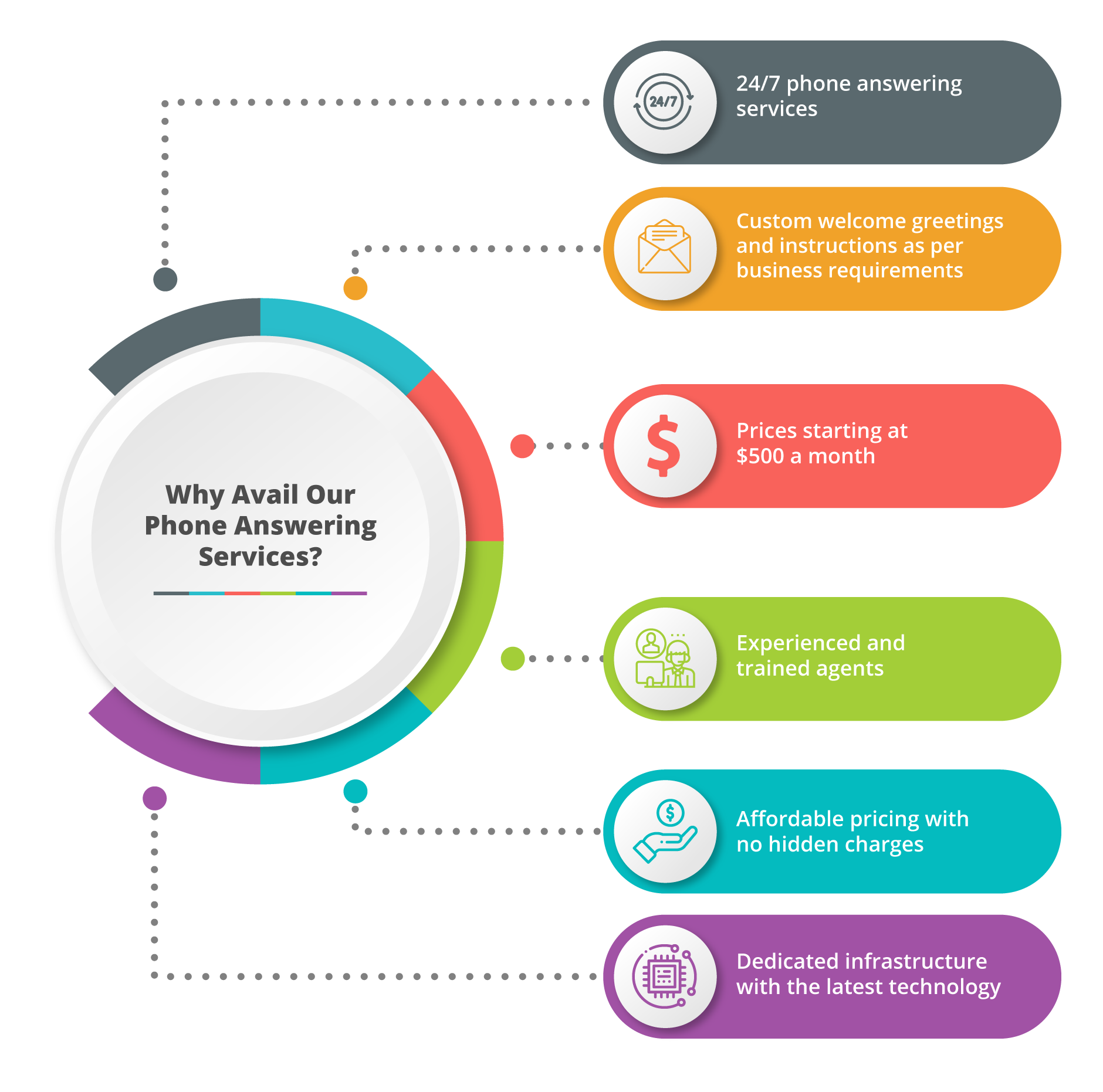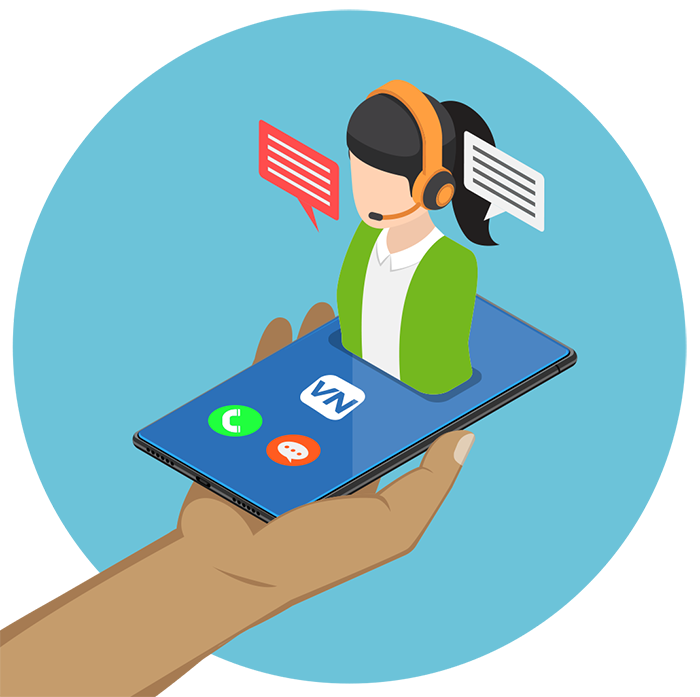All Categories
Featured
Table of Contents
- – What Is The Best 9 Best Answering Service Provi...
- – Which Is The Best Virtual Receptionist & Phone...
- – What Is The Best Telephone Answering Service M...
- – What Is The Best 4 Different Types Of Busines...
- – Best Call Service: 24/7 Live Phone Answering ...
- – Who Is The Best Call Answering Service Provider
What Is The Best 9 Best Answering Service Providers For 2023 [Reviewed] Out Right Now
This gadget and its successors were created by Sava Jacobson, an electrical engineer with a personal consulting organization. While early answering devices utilized magnetic tape innovation, most contemporary equipment uses strong state memory storage; some devices use a mix of both, with a solid-state circuit for the outbound message and a cassette for the inbound messages.
"toll conserving" listed below) (business answering service). This works if the owner is screening calls and does not wish to speak to all callers. In any case after going, the calling celebration must be notified about the call having been responded to (in a lot of cases this starts the charging), either by some remark of the operator, or by some greeting message of the little bit, or addressed to non-human callers (e.
This holds particularly for the TADs with digitally saved greeting messages or for earlier makers (prior to the rise of microcassettes) with a special unlimited loop tape, separate from a second cassette, devoted to recording. There have actually been answer-only devices without any recording capabilities, where the welcoming message had to notify callers of a state of current unattainability, or e (answering service).
Which Is The Best Virtual Receptionist & Phone Answering Services Australia Provider

about accessibility hours. In tape-recording Littles the greeting typically contains an invitation to leave a message "after the beep". An answering device that uses a microcassette to tape messages On a dual-cassette answerphone, there is an outbound cassette, which after the specified number of rings plays a pre-recorded message to the caller.

Single-cassette voice mail consist of the outbound message at the start of the tape and inbound messages on the staying space. They first play the statement, then fast-forward to the next readily available area for recording, then tape the caller's message. If there are many previous messages, fast-forwarding through them can cause a substantial hold-up.
This beep is typically referred to in the welcoming message, asking for that the caller leave a message "after the beep". TADs with digital storage for the tape-recorded messages do not show this delay, of course. A little may use a remote control facility, where the answerphone owner can call the house number and, by entering a code on the remote telephone's keypad, can listen to tape-recorded messages, or delete them, even when far from home.
What Is The Best Telephone Answering Service Melbourne Cbd Australia Today

Therefore the maker increases the variety of rings after which it answers the call (typically by 2, resulting in four rings), if no unread messages are currently stored, but responses after the set variety of rings (usually 2) if there are unread messages. This permits the owner to learn whether there are messages waiting; if there are none, the owner can hang up the phone on the, e.
Some machines also enable themselves to be remotely triggered, if they have actually been turned off, by calling and letting the phone ring a particular big number of times (typically 10-15). Some provider desert calls currently after a smaller sized number of rings, making remote activation difficult. In the early days of Littles a special transmitter for DTMF tones (dual-tone multi-frequency signalling) was regionally needed for remote control, given that the previously used pulse dialling is not apt to convey proper signalling along an active connection, and the dual-tone multi-frequency signalling was carried out step-by-step.
Any incoming call is not recognizable with regard to these residential or commercial properties in advance of going "off hook" by the terminal devices. So after going off hook the calls should be changed to proper devices and just the voice-type is right away available to a human, but perhaps, nonetheless should be routed to a LITTLE BIT (e.
What Is The Best 4 Different Types Of Business Phone Answering Services Service?
What if I informed you that you do not have to actually get your device when addressing a client call? Somebody else will. So hassle-free, right? Responding to phone calls doesn't need someone to be on the other end of the line. Effective automated phone systems can do the technique just as efficiently as a live representative and sometimes even better.
An automated answering service or interactive voice action system is a phone system that interacts with callers without a live individual on the line - business call answering service. When business utilize this technology, clients can get the answer to a concern about your service merely by using interactions established on a pre-programmed call flow.
Although live operators upgrade the client service experience, numerous calls do not require human interaction. A simple documented message or guidelines on how a client can recover a piece of information usually resolves a caller's instant requirement - professional phone answering service. Automated answering services are a simple and efficient way to direct inbound calls to the ideal person.
Best Call Service: 24/7 Live Phone Answering Services For Small ... Shop Near Me
Notice that when you call a business, either for support or item questions, the very first thing you will hear is a pre-recorded voice welcoming and a series of choices like press 1 for customer service, press 2 for questions, and so on. The pre-recorded alternatives branch out to other options depending on the customer's choice.
The phone tree system helps direct callers to the best person or department utilizing the keypad on a smart phone. In some instances, callers can utilize their voices. It deserves keeping in mind that auto-attendant options aren't limited to the 10 numbers on a phone's keypad. As soon as the caller has actually picked their first option, you can develop a multi-level auto-attendant that uses sub-menus to direct the caller to the right kind of help.
The caller does not need to communicate with an individual if the auto-attendant phone system can manage their concern. The automated service can route callers to a staff member if they reach a "dead end" and need help from a live agent. It is pricey to employ an operator or executive assistant.
Who Is The Best Call Answering Service Provider
Automated answering services, on the other hand, are significantly cheaper and provide substantial expense savings at an average of $200-$420/month. Even if you do not have actually dedicated staff to manage call routing and management, an automated answering service enhances performance by permitting your group to concentrate on their strengths so they can more efficiently invest their time on the phone.
A sales lead routed to customer service is a lost shot. If a customer who has item questions reaches the incorrect department or receives insufficient answers from well-meaning workers who are less trained to deal with a particular kind of question, it can be a cause of aggravation and frustration. An automatic answering system can decrease the number of misrouted calls, thus assisting your workers make better usage of their phone time while freeing up time in their calendar for other tasks.
With Automated Answering Systems, you can develop a personalized experience for both your staff and your callers. Make a recording of your primary welcoming, and simply update it routinely to show what is going on in your company. You can produce as numerous departments or menu choices as you want.
Table of Contents
- – What Is The Best 9 Best Answering Service Provi...
- – Which Is The Best Virtual Receptionist & Phone...
- – What Is The Best Telephone Answering Service M...
- – What Is The Best 4 Different Types Of Busines...
- – Best Call Service: 24/7 Live Phone Answering ...
- – Who Is The Best Call Answering Service Provider
Latest Posts
Dependable After Hours Answering Service Near Me
Premium Virtual Reception Desk with 24/7 Support
Reliable Hospitality Answering Service Near Me – Northern Tasmania 7250
More
Latest Posts
Dependable After Hours Answering Service Near Me
Premium Virtual Reception Desk with 24/7 Support
Reliable Hospitality Answering Service Near Me – Northern Tasmania 7250